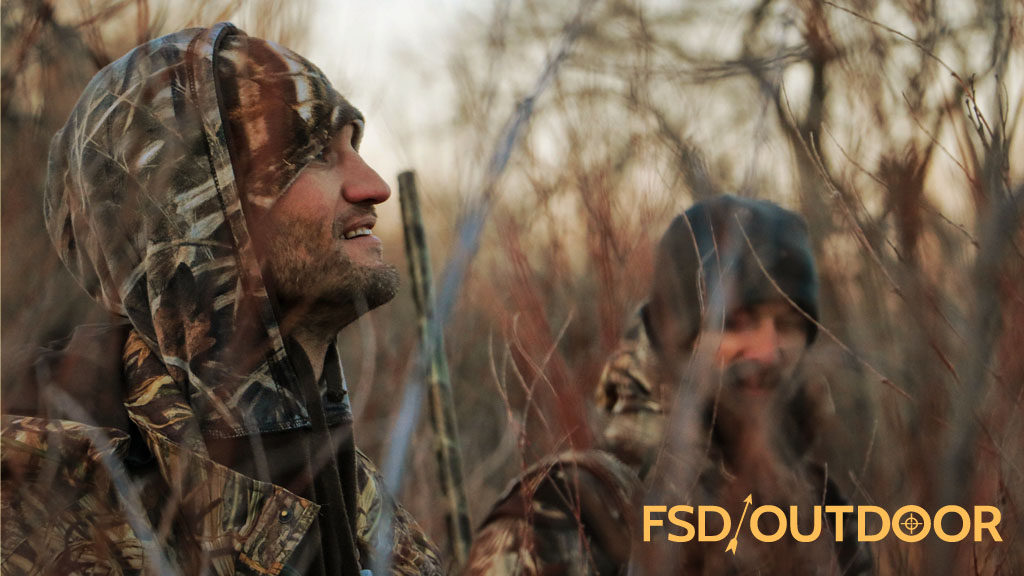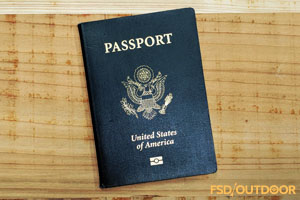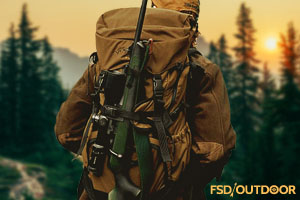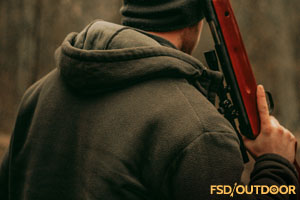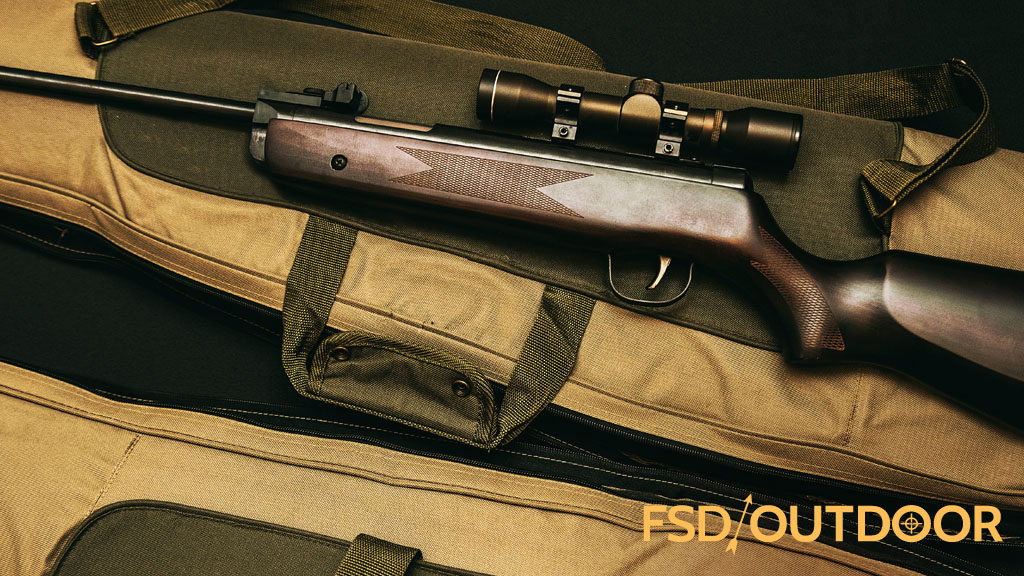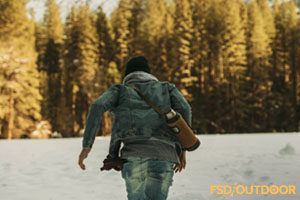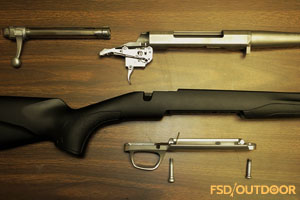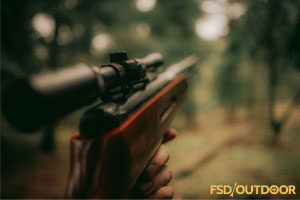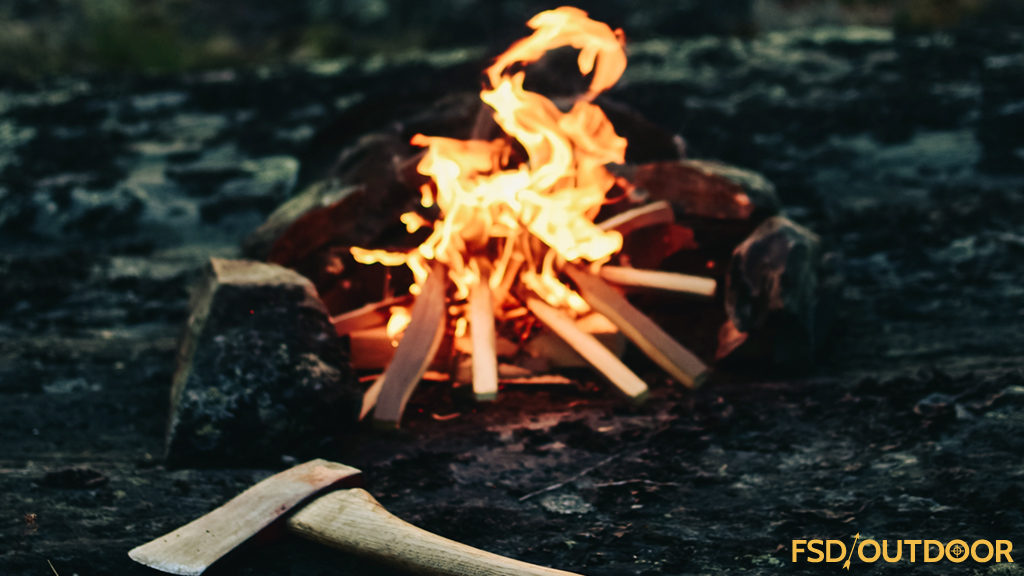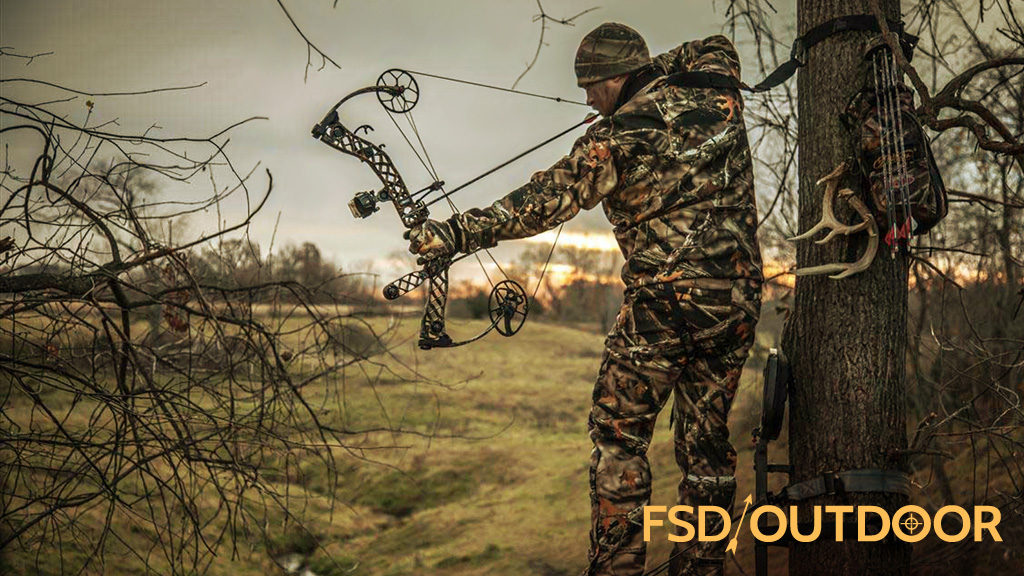
Fall is here and the months of eagerly waiting with anticipation have been replaced with preparation and focus.
But if you want to start your fall off right, you need to nail the basics from day one. Bow Hunting isn’t a game, it’s a season. Get off to a running start and you’ll have a good one and you’ll get to the postseason (I think this metaphor is a bit lost, but that’s okay).
Let’s get right to it.
Practice
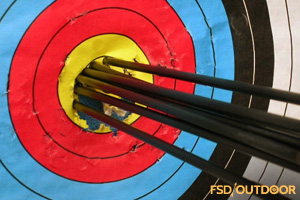 I hope you’ve been practicing. And if you haven’t, it’s time to start now. And if you have, you best keep doing it. You’ll never be good enough of a shot. And that’s okay. Keep at it.
I hope you’ve been practicing. And if you haven’t, it’s time to start now. And if you have, you best keep doing it. You’ll never be good enough of a shot. And that’s okay. Keep at it.
Keep this in mind though: most people get better the longer they get into a practice session; their first shot might be their worst. But when you’re actually hunting, how often do you get to fire 3 or 4 shots at a single buck?
Don’t just practice shooting. Practice making your first shot as good as your tenth.
Patience
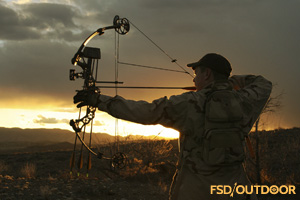 There are two elements of patience if you want to be a good bow hunter.
There are two elements of patience if you want to be a good bow hunter.
The first one is when you’re up in your tree stand, waiting for that special buck to arrive. Too often are hunters quick to leave their spot after just a few hours.
While fishing, you might be able to predict that an area won’t have too much activity by earlier action. Or lack thereof.
But as a bowhunter you have to let yourself have enough time to succeed.
The second element of patience is that bow hunting is a season, as we said. You’re not going to win every single game, you’re going to have days when you come back empty handed. If you want to have a winning season, though, you have to take the lessons that each game offers.
Even if you don’t bag a buck on your first day out, you can still learn the land around you, how the wind and the trees are, where the deer are coming from. All this information is vital to having a good season.
Camo Rope
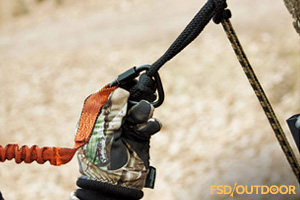 If you’re using a rope to take your bow up to your tree stand, and you should, make sure you don’t use bright yellow or white rope and instead choose something more muted and brown.
If you’re using a rope to take your bow up to your tree stand, and you should, make sure you don’t use bright yellow or white rope and instead choose something more muted and brown.
Same goes for any harness you might be using, again, which you should use.
White or yellow rope in the wind is something that will easily spook a deer. Nothing is more frustrating than having a perfect shot at a 10 only to have it sprint away because of some white rope dancing in the breeze that you failed to tie down.
Scent Control
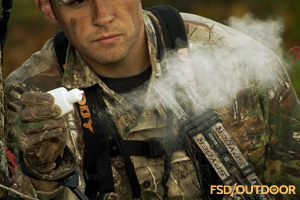
Using a deer spray is pivotal for having a successful hunt. Yeah, there are some hunters that certainly over spray. But to not use it will, eventually, cost you a buck or two. It’s safer to use some every time out, especially on your boots before you stroll to your stand.
Be Present
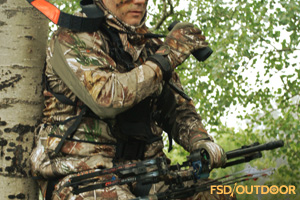 Our last tip is a simple one in concept, but everyone falters here a little bit. When you’re at the tree stand, be present. Don’t be on your phone, don’t be day dreaming. This is where you want to be, act like it.
Our last tip is a simple one in concept, but everyone falters here a little bit. When you’re at the tree stand, be present. Don’t be on your phone, don’t be day dreaming. This is where you want to be, act like it.
You never know when you’re deep in a rut that you might have a chance at glory, and it may just be present for a few seconds. You’ll have to be present, too.
Start off your fall right with these 5 tips. While many might start the season slow, you can hit the ground running by simply being more ready than anyone else out there.
